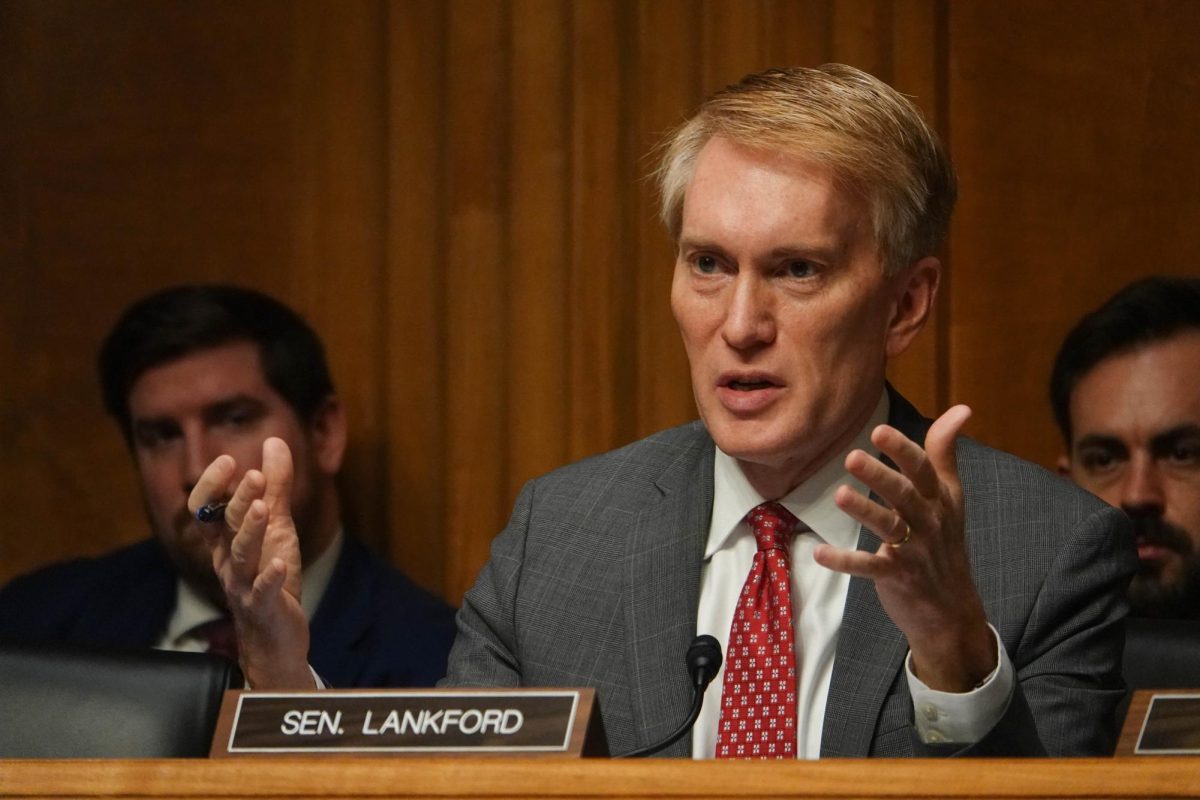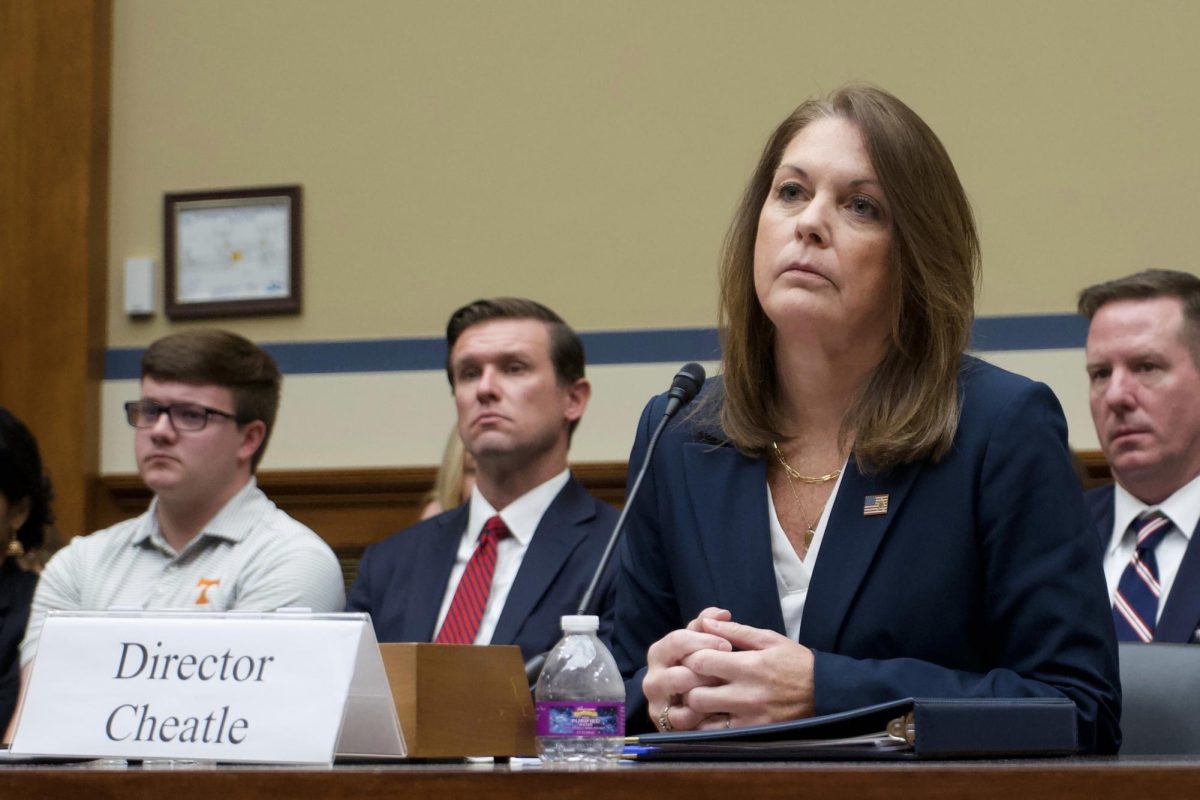WASHINGTON — U.S. Customs and Border Protection has seized nearly 11 thousand pounds of fentanyl at the U.S.-Mexico border since the beginning of this fiscal year, a downtrend from a record seizure a year ago, but in line to surpass 2022 figures.
According to the Oklahoma Bureau of Narcotics, 95% of Oklahoma’s fentanyl supply is smuggled from the southern border. Millions of pills have already been seized this year, often coming from California and Arizona on Interstate 40, and Texas on Interstate 35.
The border patrol is on track to seize more than the 14 thousand pounds of fentanyl that was seized in 2022, but will likely fall short of the 80 million pills and nearly 12,000 pounds of powder totaling 26 thousand pounds seized last year.
Oklahoma has followed the national trend of rapidly increasing fentanyl overdoses and deaths. The number of fatal fentanyl overdoses in Oklahoma has doubled since 2021, reaching 648 deaths in 2023.
“Those numbers are still climbing,” OBN spokesperson Mark Woodward said. “Those do not even count non-fatal overdoses.
“We will never know the true amount of overdoses that have been reversed by Narcan,” he said, referring to a medicine used to treat overdoses.”
Much of the fentanyl purchased by cartels is mass produced in China. Trafficked fentanyl is often pressed into counterfeit prescription pills such as Oxycodone and Xanax, deceiving people into unknowingly consuming a more potent and deadly substance.
In an attempt to address the nation’s fentanyl crisis, legislation directing Homeland Security to develop equipment and technology to detect fentanyl and Xylazine has been introduced by Sen. John Cornyn (R-Texas). The legislation is co-sponsored by Sens. James Lankford (R-Oklahoma City), Kyrsten Sinema (I-Arizona) and Jon Ossoff (D-Georgia).
The bipartisan legislation, called the Detection Equipment and Technology Evaluation to Counter the Threat of (DETECT) Fentanyl and Xylazine Act, would authorize the Department of Homeland Security to conduct research, develop and test equipment that would help law enforcement better detect fentanyl and other drugs, directly impacting the southern border.
“I’d like to be able to reduce the amount of fentanyl on [Oklahoma] streets, quite frankly. We’ve got new drugs coming online that are fentanyl-like with an even higher dosage on it, so we’ve got to find ways to be able to reduce the quantity on the street,” Lankford said.
The DETECT Act would specifically create a new responsibility for the Science and Technology division to research drug detection equipment with three focus areas: portable detection equipment requiring minimal sample handling, equipment that can separate mixtures into component parts, and AI prediction technologies.
“A lot of that technology is currently sitting in a warehouse right now,” Lankford said. “There’s been a lot of frustration to say that it’s gotta get out of the warehouse and actually get implemented. The focus that we’ve had is we know it’s there, use it.”
Woodward told Gaylord News that almost all heroin sold in the U.S. contains fentanyl, along with close to 40% of cocaine and methamphetamine samples. Though in small numbers, the bureau said seizures of fentanyl-laced marijuana are growing.
“We are not finding it tied to any Oklahoma marijuana farms or dispensaries, but untaxed black market marijuana is being sold on the streets, often by people also selling meth, cocaine or heroin,” he said. “That’s where you can get some accidental cross contamination.”
The bill also addresses the drug xylazine, commonly known as “tranq,” a non-opiate animal sedative that can render Narcan ineffective. Xylazine can strengthen the effects of a high while reducing symptoms of withdrawal, causing it to be sought after by addicts.
Though xylazine is not as widespread in Oklahoma, Woodward said the drug could be more prevalent in the near future.
“Less than 10% of our fentanyl contains xylazine right now, but as much as 90% of the fentanyl in the East contains it. We think that’s going to be the case in Oklahoma very soon,” Woodward said.
When dealing with drug trafficking, the OBN said that tightening border security has proven to be effective, especially during the pandemic.
“We overheard conversations with criminal organizations saying they could not get drugs into the U.S., and [lockdown] was just crippling them,” Woodward said. “We know it works, and a huge portion of the plan has to be stopping points of entry.”
Lankford maintained in a press release that though alleviating the fentanyl crisis is multifaceted, the DETECT Fentanyl and Xylazine Act will significantly impact Oklahomans.
“Oklahoma is no stranger to the terrible impact of fentanyl. This is one step in stopping the chaos, but one that will have a huge impact on our communities and families,” Lankford said.
Gaylord News is a reporting project of the University of Oklahoma Gaylord College of Journalism and Mass Communication. For more stories by Gaylord News go to GaylordNews.net.







